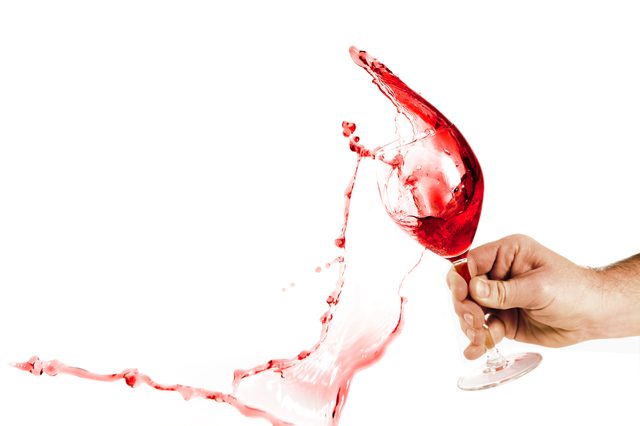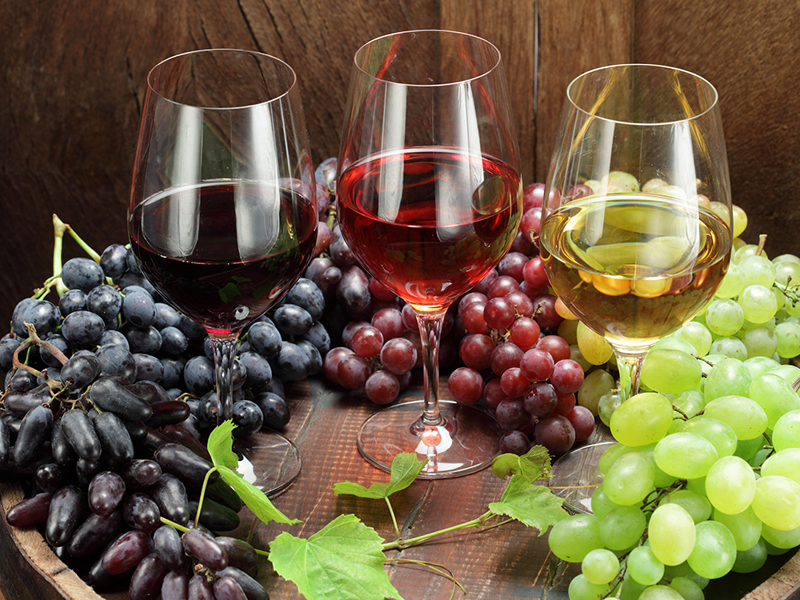It dismisses quite a remarkable figure when you're elegantly holding a Wineglass in your own hand. However, walls stained with a splash of wine are not appealing in any way.
You can hardly blame your visitors for spilling wine on your favorite wall once they've had a glass or two of Chardonnay. Since wall paints are quite porous, they readily absorb any vivid liquids like red wine, which makes the stains deeply ingrained in the walls.

The stubborn stain of red wine comes from a pigment found in the skins of the grapes. This pigment was placed from the family of anthocyanins, which can be food-coloring substances. They're very similar to cloth dyes and efficiently attach themselves into fibrous and porous surfaces.
Even though there are numerous commercial cleaners in The market, one always doesn't possess a technical wine stain remover at hand punctually for a wine party. And when it comes to wine spots, the faster you act the better results you get.
Some household cleaners Which are easily available in most homes can come to your aid when comes to wine stain removal. Since there are many household cleaners that are recommended to remove wine stains from wall, we tested bleach, hydrogen peroxide, Windex, Magic Eraser, a paste of baking soda and salt in addition to plain old dish soap for their value against the stubborn stains.
Bleach gave outstanding results with wine stains on the walls, followed by hydrogen peroxide as red wine stains, like coffee and tea, come under the class of oxidisable stains.
Magic Eraser also generated good results, But should be used on pricey wall paint with caution. Dish soap will work well if the stains are not that stubborn. When the stains are light and fresh, Windex will even work.
Baking soda and salt paste gave the worst consequences by far.
Now You can make your choice depending on these test results when using household cleaners to remove red wine stains from the wall.
Here are several approaches by cleaning services Scottsdale to utilize whenever a guest or some beloved one cleans red wine on your wall.
Using Bleach
Bleach is among the Best cleaners that can tackle almost Any type of stain. Bleach essentially changes the chemical nature of the pigments that form the stains. This changes their physical appearance also and as a result, the stains no more stay observable.
Benzoyl peroxide (H2O2) is a natural bleaching agent. When used on stains, it divides into a water molecule and a lone oxygen atom which oxidizes the pigment in the stain changing its chemical character and in turn, bodily appearance. If the wine stain is fresh, you should have success in removing the stain from the wall using this one ingredient.
Stains on walls. While it may seem like a sponge that is soft, its structure makes it hard as a glass. When rubbed against stained coating, it works like superfine sandpaper, only without harming the paint job on the wall.
Like Any normal eraser, the foam gets used up as you proceed. If the wine stain Covers a small area of the wall, cut a little piece of the Magic Eraser To match your size. This will stop wastage and also allow you to cover Just the stained area, saving the surrounding area.





